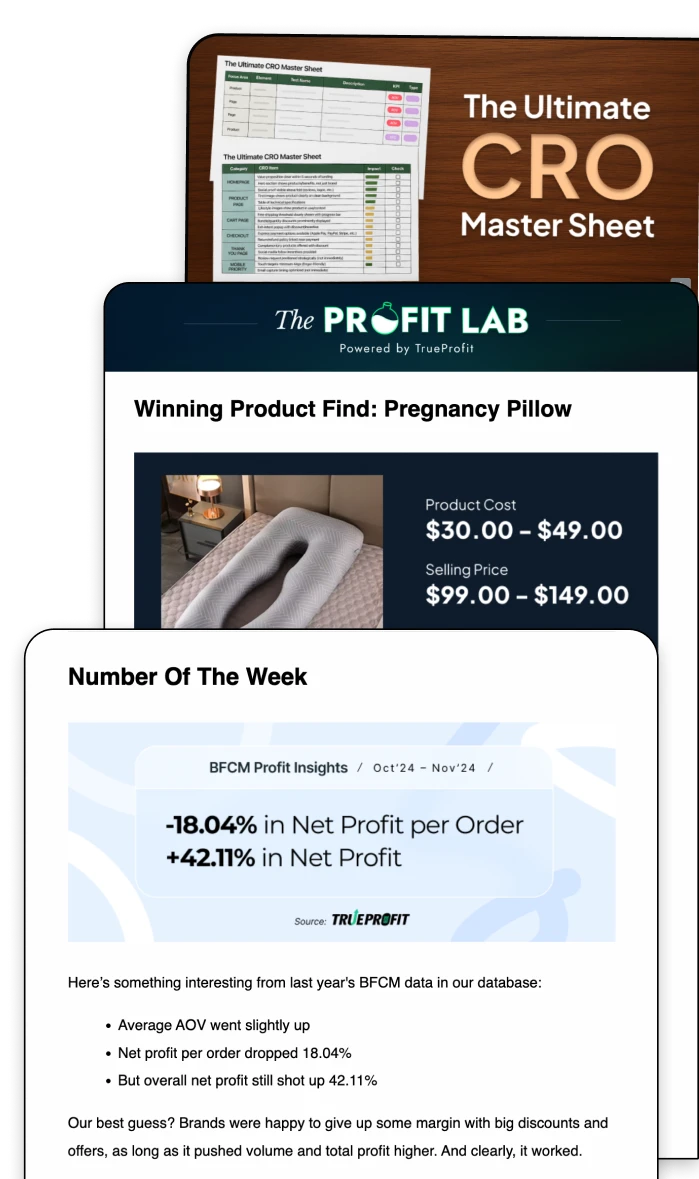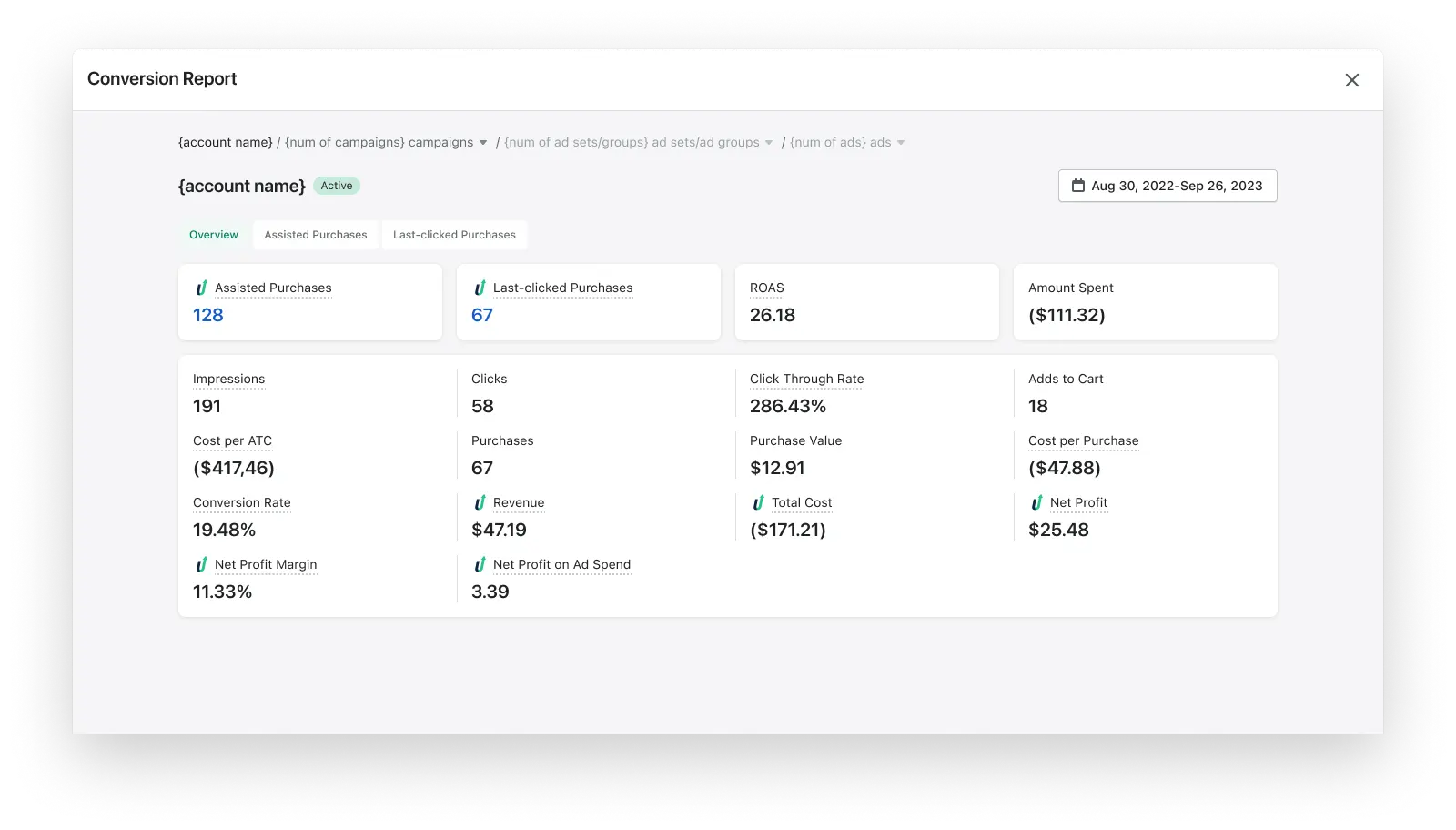7 Best Shopify Marketing Strategies to Boost Sales in 2025
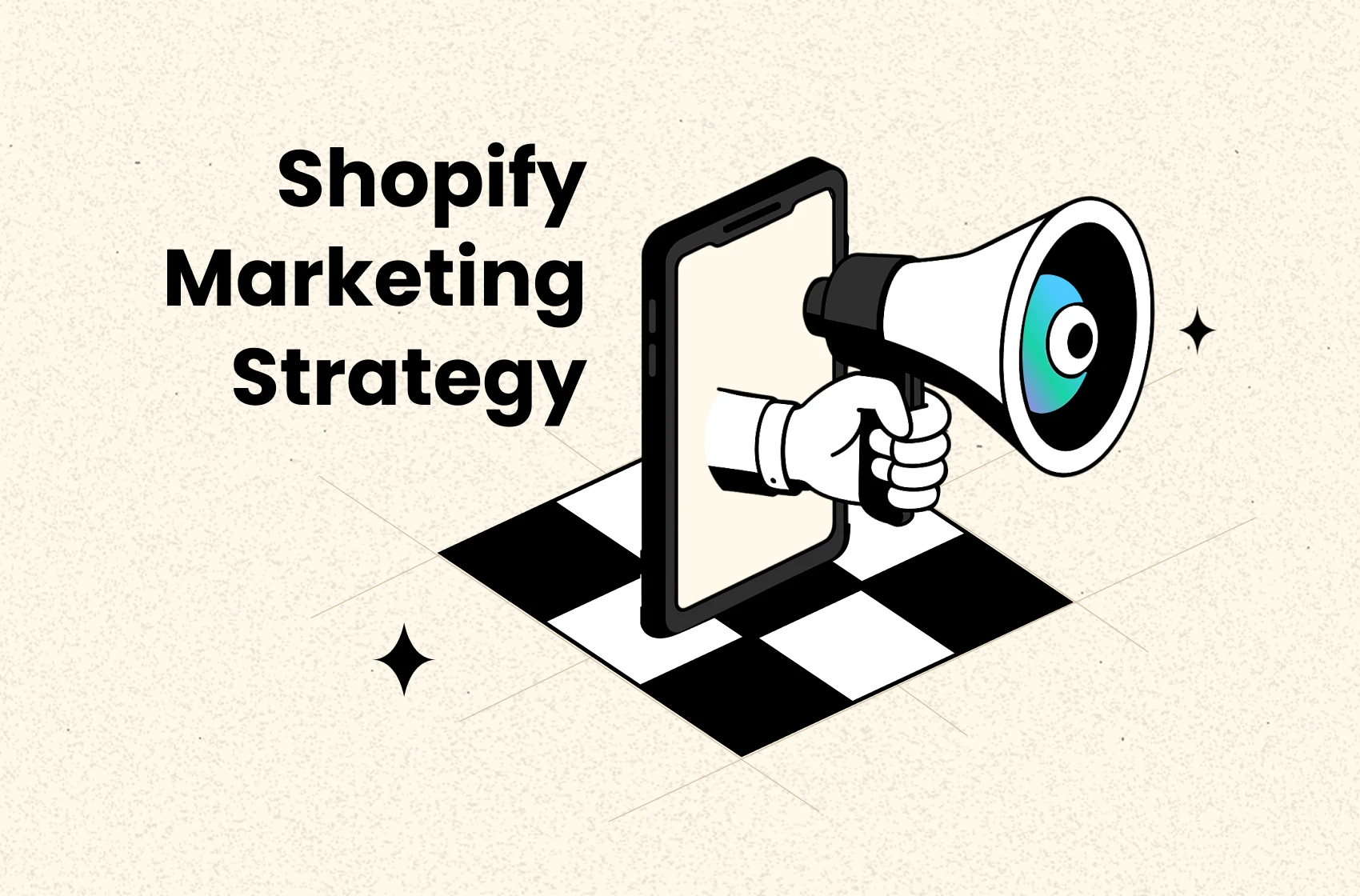
Marketing your Shopify store in 2025 isn't about chasing every trend. Whether you're launching your first product or scaling past your first $100K, you’ll need a mix of organic, paid, and conversion-focused strategies to grow. But without real-time profit visibility, even your “best” campaign might just be burning cash.
In this guide, we’ll break down 12 of the best Shopify marketing strategies that work in 2025, complete with the best Shopify marketing tools and practical advice. You’ll also learn how to track true profitability - not just traffic or sales - so you can double down on what matters.
1. Define Your Target Audience and Unique Value
Shopify marketing strategies won’t work if you’re unclear about who you’re selling to. The best Shopify marketing strategies doesn't try to appeal to everyone—they speak directly to a specific customer with a specific need.
Start by narrowing in on your ideal customer. Think about their lifestyle, what motivates their purchases, and the pain points your product helps them solve. Then, craft a unique value proposition that answers a simple question: why you?
Once you get this done, you can promote your Shopify store with confidence.
Persona building example:
Let’s say you're selling minimalist kitchenware. Your audience might value clean aesthetics, sustainability, and functionality. Your messaging should reflect those values—not just in your product descriptions, but in your emails, ads, and social content too. When your brand positioning aligns with your buyer’s identity, conversion becomes far easier.
2. Optimize Your Shopify Storefront for Conversions
TenTree’s Storefront
You’ve attracted visitors—great. But without an optimized store, you’ll see them bounce without buying. Conversion optimization ensures that when people land on your Shopify site, they’re nudged to take action.
Start with the basics: your product pages should be clear, scannable, and persuasive. Use high-quality visuals and concise descriptions that highlight benefits, not just features. Navigation should be intuitive, especially on mobile devices, since most Shopify traffic is mobile-first.
To make your images look more professional, you can remove background distractions to keep the focus entirely on your product.
Storefront optimization examples:
- Homepage and product pages: Clear CTAs, strong visuals, persuasive copywriting
- Navigation & mobile UX: Make the user journey seamless, especially on mobile
- Trust elements: Add customer reviews (like with Kudosi), badges, return policies, and social proof
- Page speed: Use Shopify’s native speed report or SEO apps like SEOAnt to optimize load time
3. Strengthen Your Product Discovery with Strategic SEO
SEO might not be flashy, but it's foundational for Shopify marketing strategies. Ranking higher on Google means consistent traffic without constantly paying for ads. For Shopify, this starts with optimizing your product pages, blog content, and site structure to make it easier for both search engines and shoppers to find what you sell.
Don’t overlook structured data, internal linking, and fast-loading pages. Many SEO Shopify apps can help manage technical SEO tasks such as metadata optimization, fixing broken links, and image compression.
SEO practices example:
If you’re selling eco-friendly dog accessories. Instead of just using generic keywords like "dog leash," optimize your product page with terms like “biodegradable dog leash” or “sustainable dog walking gear.” This helps you reach more intentional, purchase-ready searchers.
4. Build an Email Marketing Funnel That Converts
Email marketing isn’t dead—it just needs better timing and relevance. For a Shopify marketing strategy, email is still one of the highest-ROI channels because it reaches customers when they’re already interested in hearing from you.
Start by setting up automated flows: welcome emails, cart abandonment reminders, and post-purchase follow-ups. These aren’t just “nice to have” — they’re conversion lifelines. Then, layer in campaigns that educate or entertain your audience. Product tips, upcoming launches, behind-the-scenes content—these keep your brand in the inbox and off the unsubscribe list.
Email marketing campaign example:
A candle brand might send a post-purchase email with tips on how to make their scent last longer. A week later, they follow up with a “How we blend our fragrances” story that links to new arrivals. That’s how you stay top-of-mind and increase lifetime value.
5. Add Live Chat to Turn Browsers into Buyers
A lot of Shopify store visitors leave not because they’re not interested—but because they have unanswered questions. That’s where live chat and automated support come in. Live chat also shortens the sales cycle, especially for higher-ticket or technical products. And even if someone doesn’t buy, you’ve now engaged them—which increases the odds of a retargeted ad or email converting later.
Live Chat Example:
A shopper lands on your product page and lingers for more than 30 seconds. A live chat pop-up offers to help. They ask about return policy or material details—things that aren’t clearly answered in your description. You reply instantly (or via automation), and they convert on the spot. It’s that simple.
6. Focus on Retention, Not Just Acquisition
While most Shopify merchants chase the next sale, the smartest ones know the real money comes after the first purchase. As customer acquisition costs (CAC) rise across ad platforms, retention is no longer optional - it’s the backbone of a profitable business.
Repeat customers are more than just loyal. They're more likely to convert, spend more over time, and cost significantly less to re-engage. Plus, they’re more likely to refer others and leave positive reviews, creating a flywheel of organic growth.
Retention isn’t a tactic. It’s a system. Here’s how to build one that keeps customers coming back:
- Automated email flows: Use welcome series, post-purchase check-ins, and win-back sequences to stay top of mind. Tailor messaging based on behavior, such as browsing history or time since last order.
- Loyalty programs: Reward customers for repeat purchases, referrals, or social engagement. Shopify-compatible apps make it easy to gamify the experience and encourage customer advocacy.
- Frictionless support & returns: A smooth post-purchase experience can make or break retention. Clear policies, fast response times, and helpful agents go a long way in turning a one-time buyer into a brand loyalist.
Retention Campaign Example:
A pet supplies brand uses a subscription model to offer auto-shipments of essentials like pet food and supplements. On top of that, they send personalized emails reminding customers when they’re due for restock, with dynamic discounts tied to order history. The result? Monthly recurring revenue without spending another dollar on ads.
7. Run Paid Ads but Optimize Based on Profit, Not Just ROAS
Paid advertising (Meta, Google, TikTok) is powerful—but only if you’re tracking more than just clicks and ROAS. Many Shopify merchants fall into the trap of thinking their ads are “working” because the dashboard looks good. But vanity metrics can lie.
The real question: are your ads profitable?
This is where most Shopify store owners go wrong. Ad platforms only show revenue, not real profit. So without a profit analytics tool, you’re flying blind—scaling campaigns based on vanity metrics rather than what really drives growth: net profit.
Instead of a generic ad performance report, you would need a comprehensive ad conversion report like the one below from TrueProfit.
Paid Ad Optimization Example:
Let’s say you’re running two Meta ad sets promoting two different products. On the surface, both are showing a 3x ROAS (Return on Ad Spend), so you assume they’re performing equally well. But once you dig deeper - factoring in product cost, free shipping promos, fulfillment fees, and even transaction costs - you realize only one is actually profitable. The other is barely breaking even or even losing money.
Best Shopify Marketing Tools to Power Your Strategy in 2025
No Shopify marketing strategy is complete without the right tools. Whether you're just launching or scaling into six figures, the right Shopify apps can automate, optimize, and elevate your marketing at every touchpoint. Here are some of the best Shopify marketing tools that store owners rely on in 2025:
Tool | Category | What It Helps You Do |
|---|---|---|
TrueProfit | Profit Analytics | Track real-time net profit from every product, channel, and campaign. Cut wasteful ad spend by knowing what actually drives bottom-line growth; not just revenue. |
Kudosi | Product Reviews | Import customer reviews from top-tier sources like Amazon, Temu, AliExpress, and any other websites you can think of. Collect high-converting reviews and automate email flows to request reviews, recover carts, and re-engage customers—boosting trust and conversions effortlessly. |
UpPromote | Affiliate Marketing | Manage referral, influencer, and ambassador programs to drive low-cost, high-trust traffic. |
Recharge | Subscriptions | Build recurring revenue with subscription products. Great for retention and LTV growth. |
ConvertFlow | A/B Testing & CRO | Create and test on-site popups, CTAs, and landing pages to improve conversion rates. |
ReConvert | Upsell & Cross-Sell | Build post-purchase funnels to increase average order value (AOV) without extra ad spend. |
Loyalty Program & Retargeting | Build customizable loyalty programs with points and Shopify store credits, VIP tiers, Instagram DM automation and rewards that increase customer retention and repeat purchases. |
Successful Shopify marketing strategies are essential for driving traffic, building brand awareness, and increasing sales. From SEO and email marketing to social media and paid ads, combining different tactics will help you reach your ideal customers more effectively.
Continuously analyze your performance and adapt your strategy to stay competitive in the fast-moving eCommerce world. With the right tools and consistent effort, your Shopify store can achieve long-term growth. Start refining your Shopify marketing strategy today to unlock its full potential.
Lila Le is the Marketing Manager at TrueProfit, with a deep understanding of the Shopify ecosystem and a proven track record in dropshipping. She combines hands-on selling experience with marketing expertise to help Shopify merchants scale smarter—through clear positioning, profit-first strategies, and high-converting campaigns.

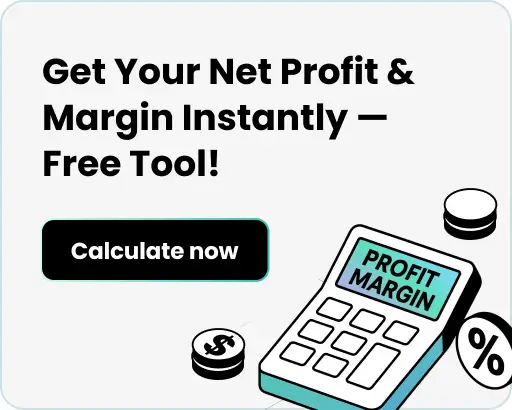


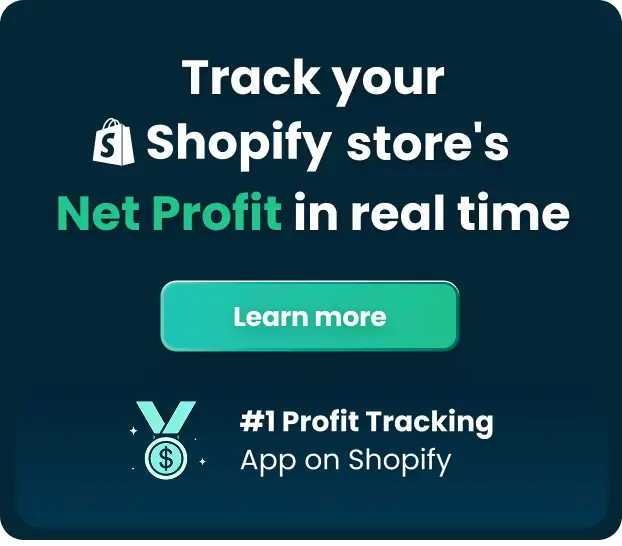
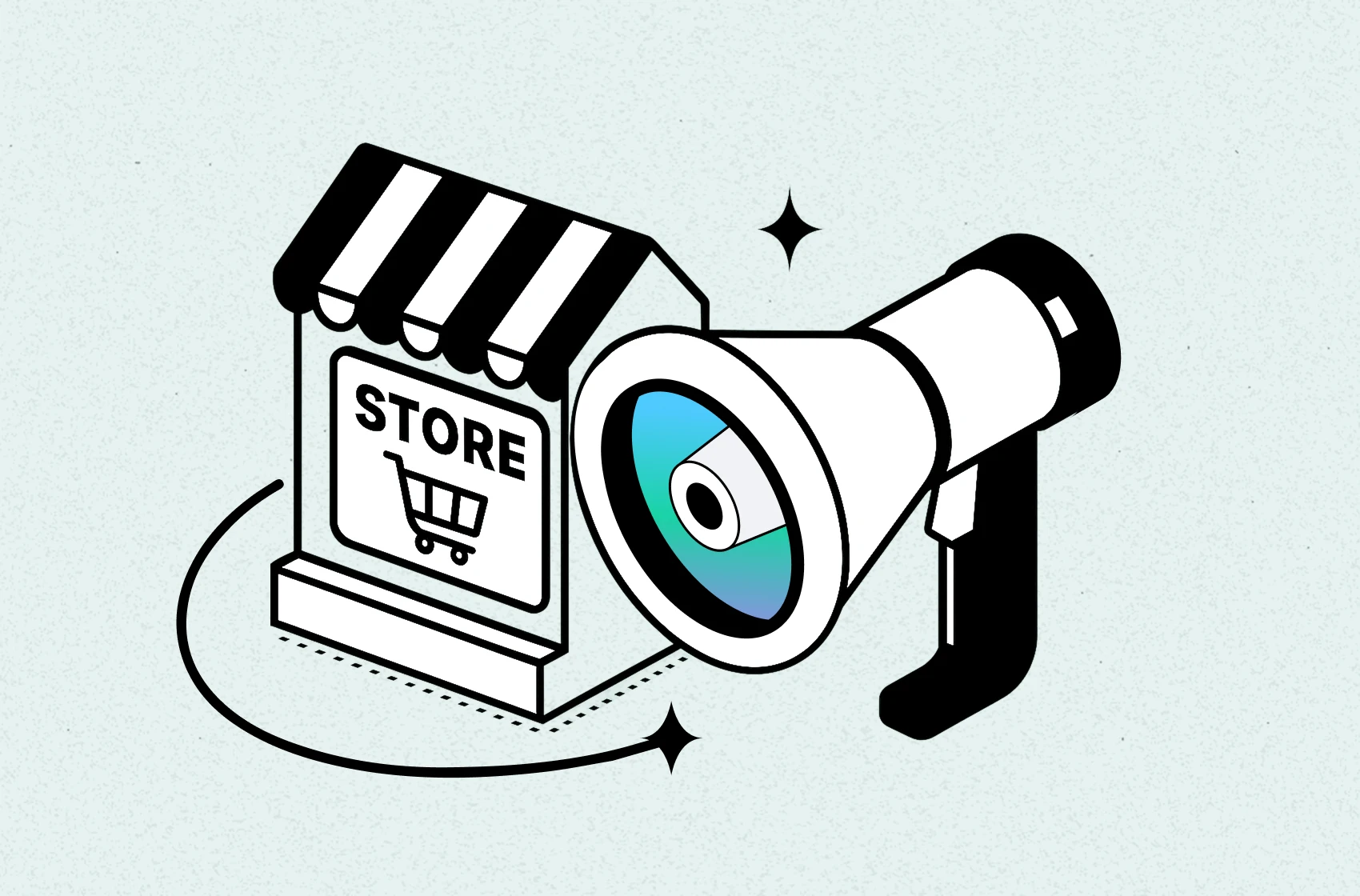

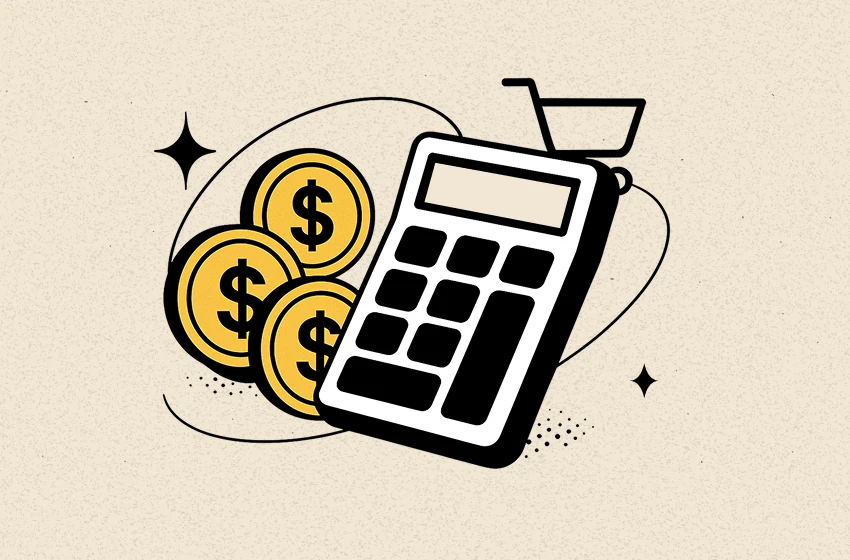
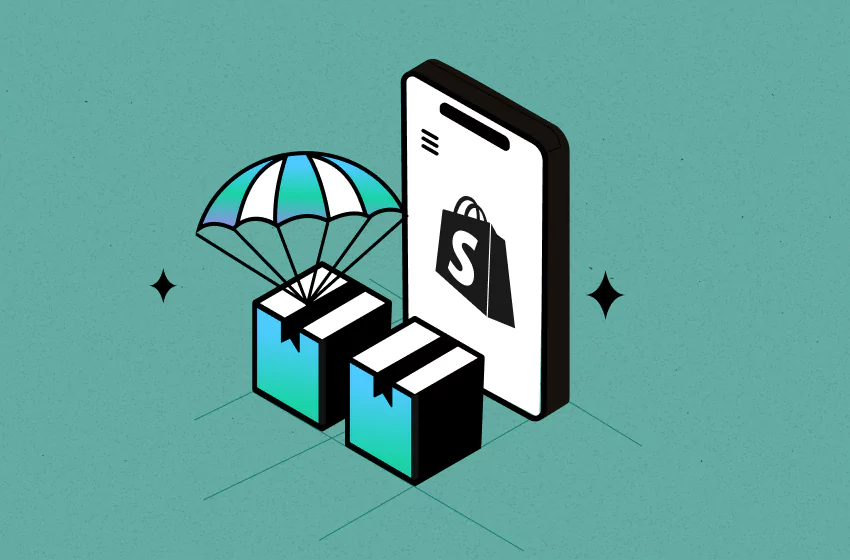
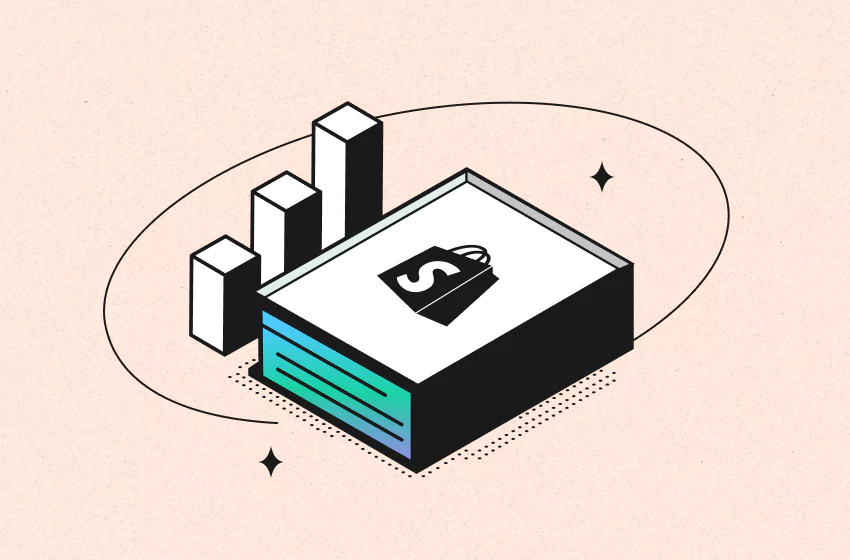
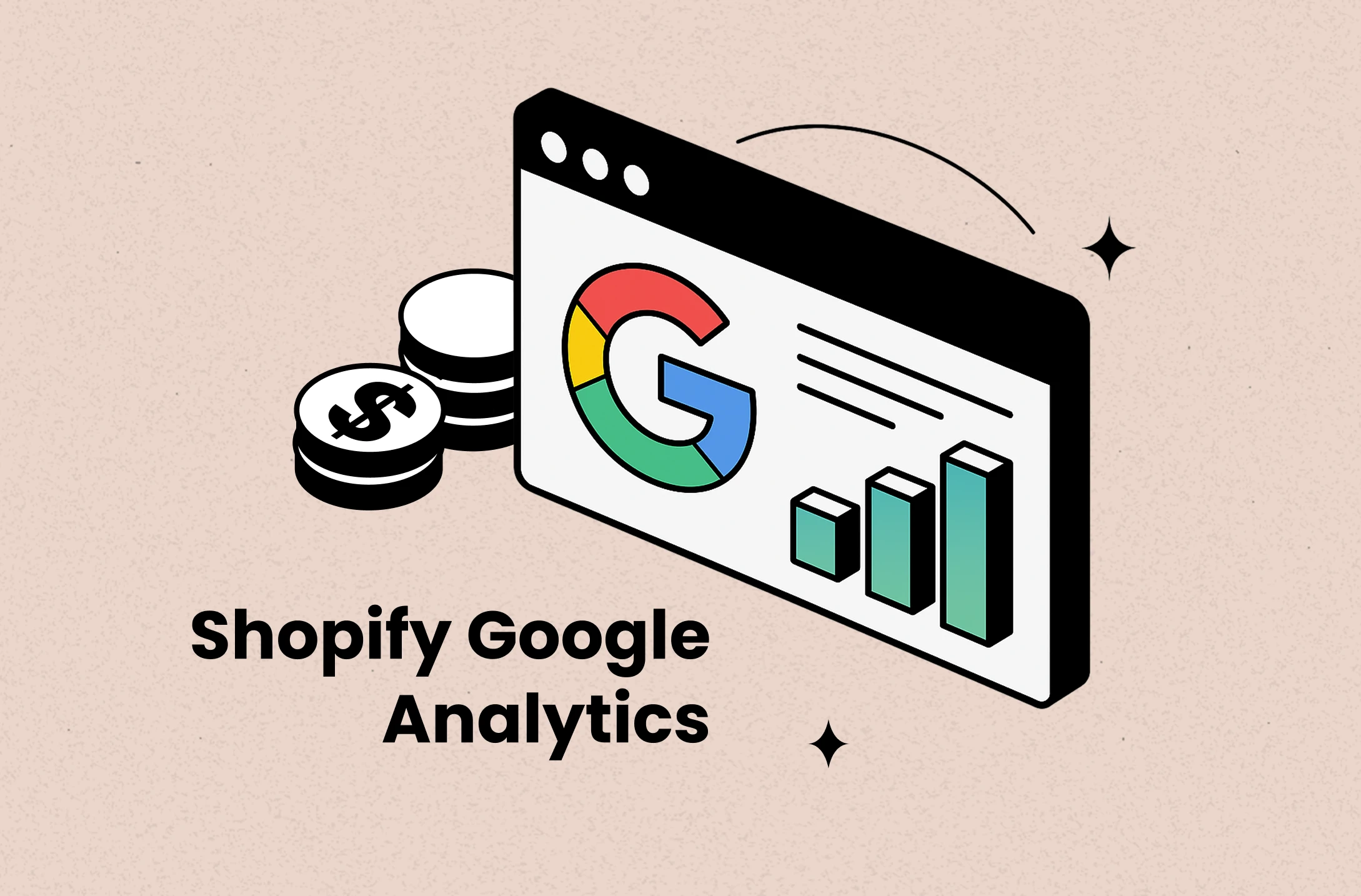
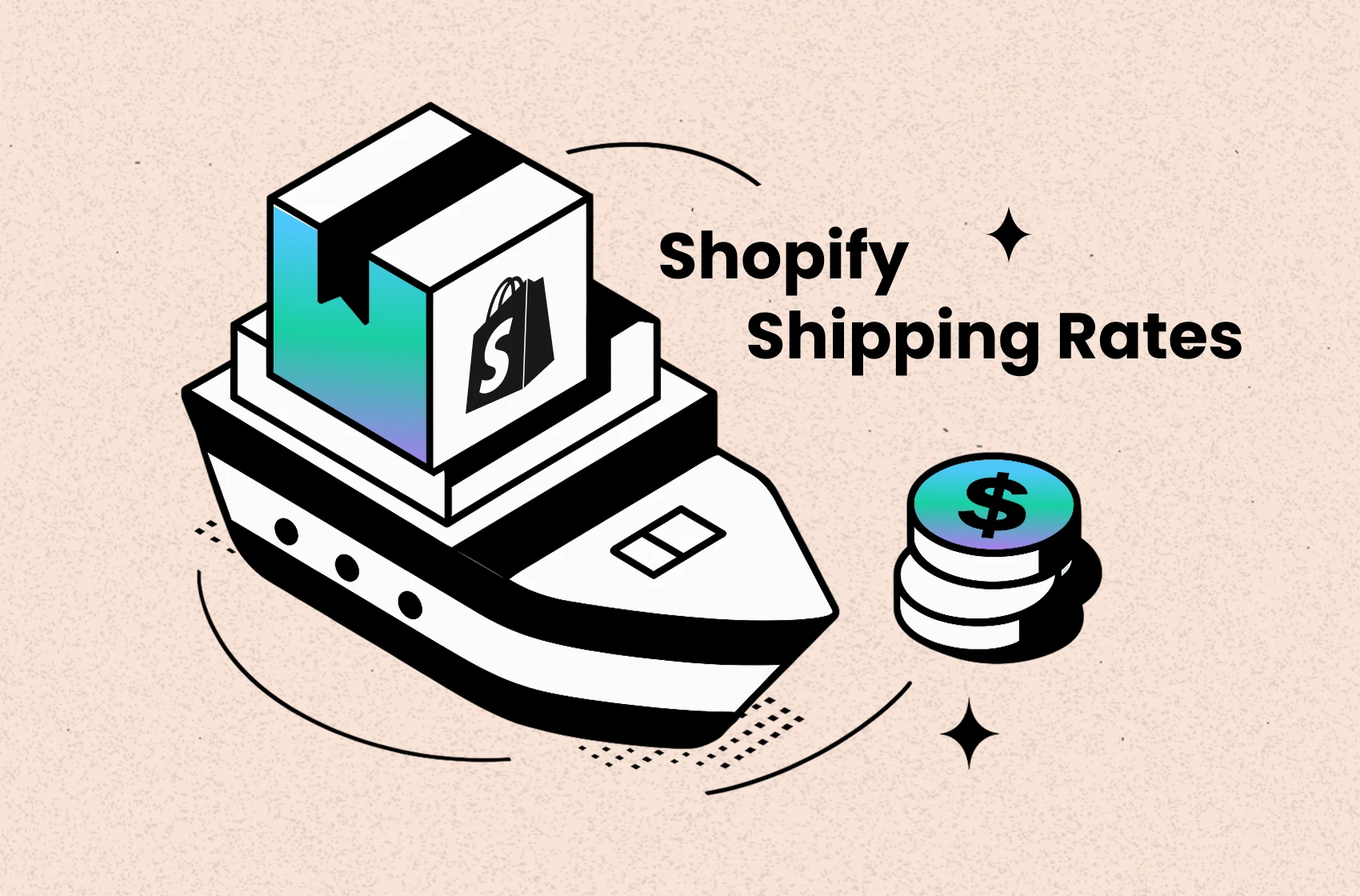
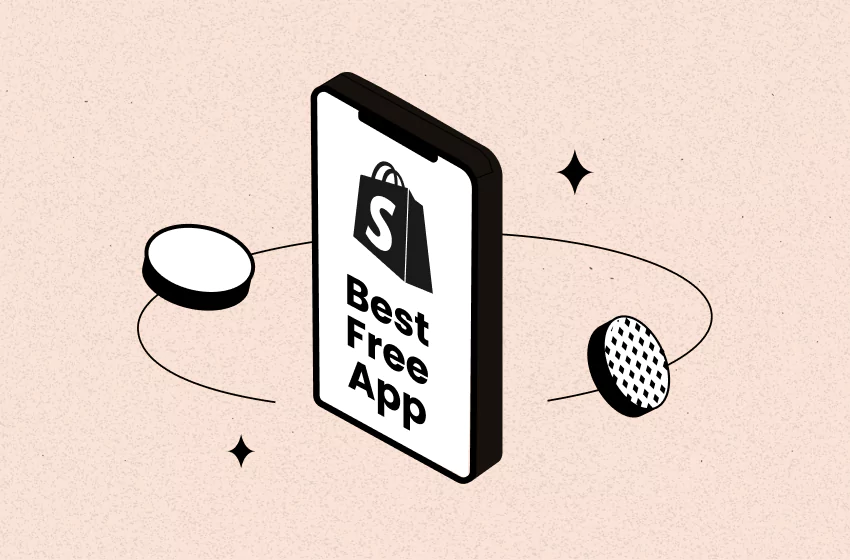
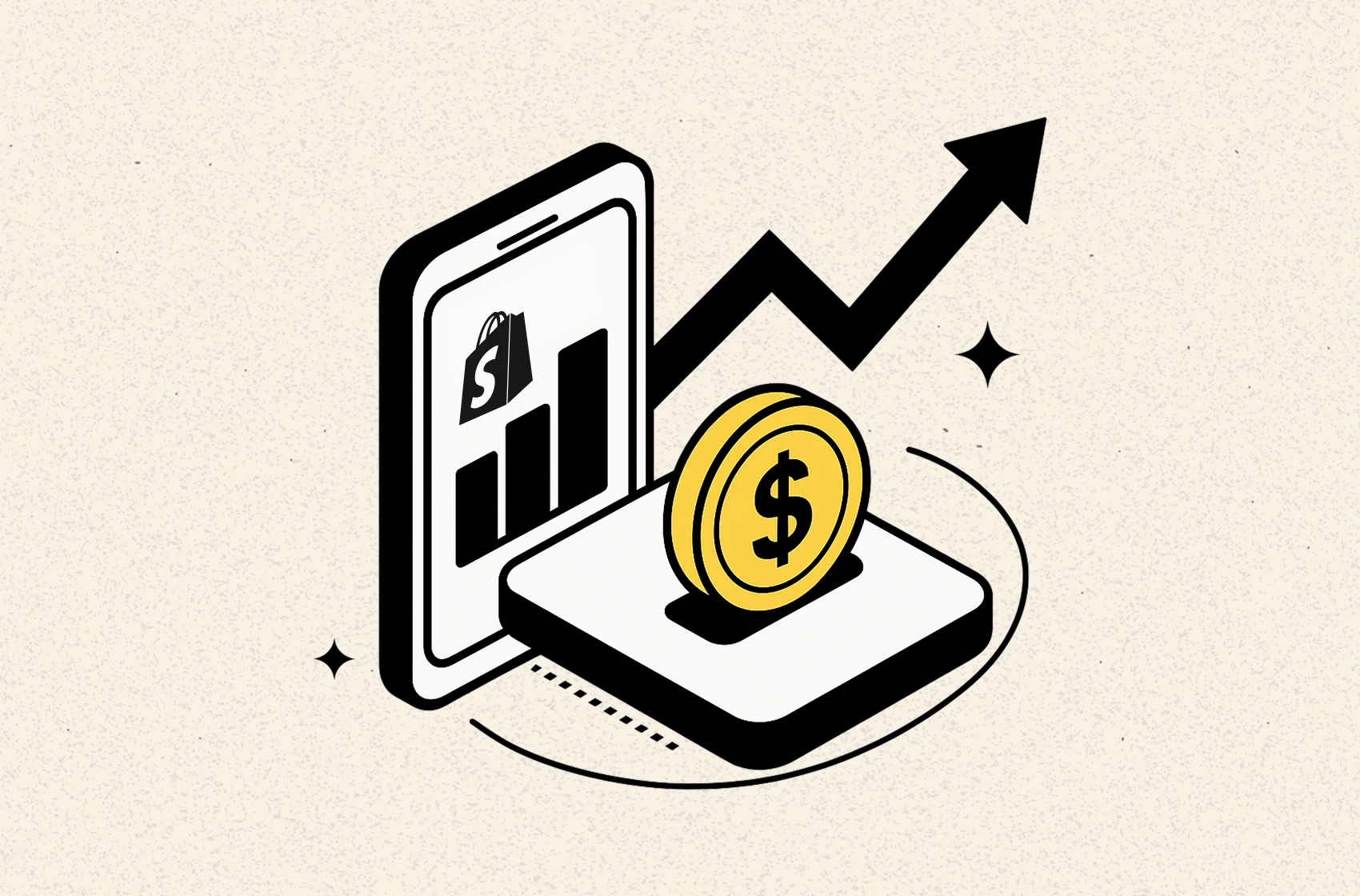
 Shopify profits
Shopify profits